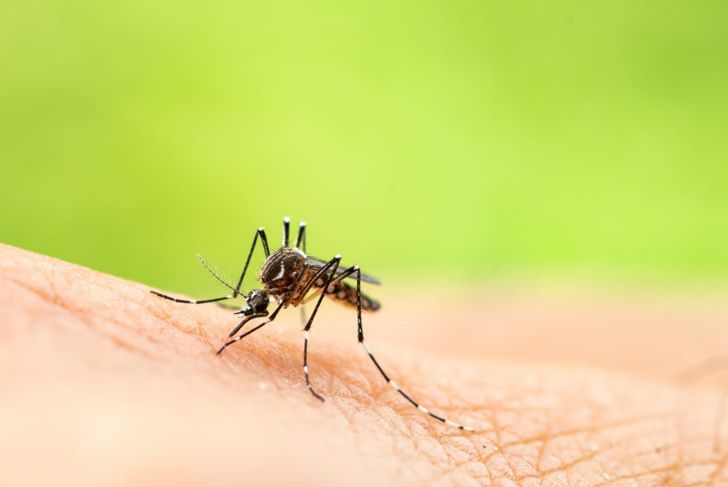Arnica, Arnica montana, is a popular folk remedy for a variety of ailments. The plant grows naturally in the mountains of Europe and Siberia, recognizable by its bright yellow flowers. While its efficacy remains under debate, it continues to be a popular ingredient in many herbal healing formulas.
Soothing Muscle Aches
One of the most common uses of arnica is as a topical ointment to soothe minor muscle aches after exercise or other activities. While this is a common folk usage, clinical studies have not resulted in evidence that it is effective. However, commercial formulas containing arnica may still be effective due to other ingredients.
Healing bruises
Arnica is also popular for healing bruises. It supposedly reduces pain during recovery, as well as speeding the healing process and fading discoloration. Studies on this usage are mixed, with some showing improved results and others not finding any difference between subjects who use arnica and those who don’t.
Fighting Inflammation
One of the most promising uses of arnica is in fighting inflammation, which can help with a variety of conditions. Clinical studies are limited, but so far there is some evidence that it may help when applied topically to minor swollen areas. Be sure to ask your doctor before using it for chronic swelling or serious injuries.
Easing Joint Pain
Another popular use for arnica is easing pain from osteoarthritis and other joint issues. The topical usage of arnica has been shown to be effective against osteoarthritis pain in some studies, and it is generally harmless, so most people can safely use it to treat chronic joint pain.
Healing Surgical Wounds
Arnica has long been believed to have antibacterial properties, and some animal studies back this up. Although evidence in humans is still inconclusive, some people use arnica as part of a post-surgical care routine. Homeopathic use is also popular, although some studies show no effect. Be sure to talk to your surgeon before using arnica, especially because there is some evidence that it may interfere with blood clotting.
Treating Minor Cuts
Some people use arnica to treat minor wounds, due to its purported anti-inflammatory and antibacterial properties. However, the evidence is still inconclusive in people, and complications can arise. Many doctors recommend against using arnica on broken skin or open wounds.
Treating Psoriasis and Eczema
Psoriasis and eczema are common skin problems that create bumpy, red patches in the skin. Although the root causes of the conditions are different, both are associated with inflammation, so arnica is sometimes used as a treatment. However, prolonged use of arnica can irritate the skin and may actually cause or exacerbate eczema.
Reducing Dandruff and Stimulating Hair Growth
Arnica is also traditionally believed to improve scalp health and stimulate hair growth, which makes it a popular ingredient in anti-dandruff shampoos and in hair tonics designed to combat hair loss. There is not much data showing whether this usage is effective or not, but shampoos and other products containing arnica are safe for most people to use.
Soothing Insect Bites
People also use arnica as a topical treatment to help soothe itchy or swollen insect bites. Its antibacterial properties may help prevent infection, and its anti-inflammatory properties may reduce swelling and help the bite heal faster. This has not been studied extensively, so its effectiveness is unknown. Some commercial ointments for insect bites contain arnica.
The Dangers of Arnica
Arnica is poisonous when taken internally, so never ingest more than the amounts contained in homeopathic pills. Although many traditional uses involve applying it to broken skin or rashes, most doctors also do not recommend doing so. Be particularly careful if you have large wounds or have surgery scheduled, because it may prevent the blood from properly clotting during and following the procedure. Some people are allergic to arnica when it is applied topically, so be particularly cautious if you are allergic to ragweed, sunflowers, or marigolds, which are in the same family. It’s a good idea to talk to your doctor before using arnica.

 Home
Home Health
Health Diet & Nutrition
Diet & Nutrition Living Well
Living Well More
More




















